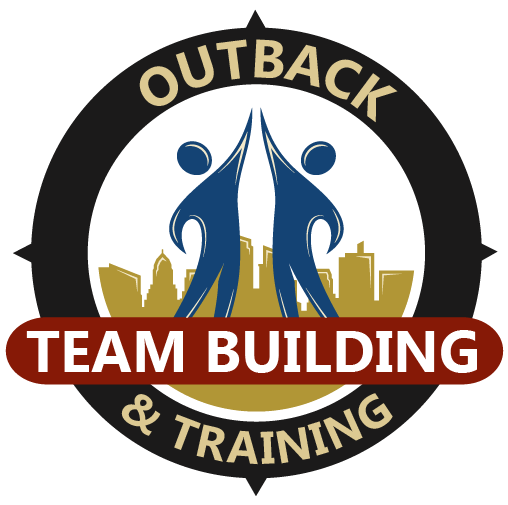Want to know how to build a strong team of remote employees you can trust? Find out how an “open door” policy can help you maintain successful working relationships with employees you don’t regularly see in person.

Want to know how to build a strong team of remote employees you can trust? Find out how an “open door” policy can help you maintain successful working relationships with employees you don’t regularly see in person.
As a manager, the “open door” concept isn’t a new one. Many leaders take this approach to show employees that they’re approachable, available to offer support, and welcome any questions.
But how do you have an “open door” policy when you don’t physically have a door?
Director of Events at Outback Team Building & Training, Jules Joyce, provides insight on this question and more in the latest episode of our podcast, Outback Talks: The Employee Engagement Podcast.
Jules has worked with a remote team for the better part of the last decade, and has developed systems to help her effectively manage employees who she doesn’t see in the office every day. Continue reading to learn more about the insights she has to offer, or hear straight from Jules herself by listening to the episode below.
“Don’t let the fact that you don’t see your team every day get in the way. Try to communicate and keep an ‘open door’ policy...let them know that you are there and available for support.— Jules Joyce (Director of Events, Outback Team Building & Training)
How to Build an Awesome Remote Team You Can Trust
When you don’t see your coworkers every day, it can be challenging to build the trust necessary to operate as a high-performing team. So, how can you get around the challenges of not working in the same office space?
Here are Jules Joyce’s top five pieces of advice on how you can build an effective remote team.
1. ENCOURAGE COMMUNICATION
First and foremost, Jules assures that you can build solid relationships with employees you don’t spend time with by simply letting them know that you offer open communication. Jules calls this approach an “open door” policy. She encourages all remote managers to give their teams the opportunity to approach them through various communication channels.
“Let them know that it’s not troublesome or a hassle for them to reach out to you,” says Jules, who has witnessed employees struggle because they didn’t want to “bother” her.
Jules explains that if you provide the expectation that you’re available to support them, employees are more likely to feel comfortable reaching out, asking questions, and – ultimately – avoiding mistakes.
2. SET REGULAR MEETINGS
Jules and her employees have several different meeting rhythms that have helped her team find success.
In addition to meeting on a regular basis via telephone, Jules also recommends trying to get together with your remote employees in person at least once a quarter to help build team camaraderie.
3. TAKE ADVANTAGE OF “THE CLOUD”
More specifically, Jules suggests Smartsheet, a live tool similar to Google Docs that multiple people can edit and access from anywhere – unlike a remote server. She says that her team uses Smartsheet to track tasks and projects.
For quick questions and communications, Jules recommends instant messaging on a platform that employees can access with just the internet, such as Slack, rather than a company-based chat service.
4. WATCH FOR PARTICIPATION
If an employee stops hitting targets and begins to withdraw, Jules says this could be a sign that it’s not working out with that individual.
Jules says that, for her, it’s all about participation. If an employee has stopped reaching out to you, or you feel you have to pull information from them, this could be a red flag that that person is no longer engaged in their role.
That said, Jules recommends not getting too hung up if an employee doesn’t respond to you right away through instant message or email. People will have their own work rhythms, and you don’t necessarily want them to drop everything they’re doing mid-task just to answer your question.
Jules suggests that if it’s really important, and you need to get a hold of your team member, pick up the phone and call them.
5. TRUST YOURSELF & YOUR TEAM
Get Started Building a More Successful Remote Team
Want more ideas on how you can successfully manage remote employees? Download your free copy of “10 Ideas to Bring Remote Employees Together” for access to:
- Free ideas for bringing remote employees together
- Best practices for how to treat remote employees to boost their engagement
- Recommendations for team building activities and training programs that are designed for remote employees
DOWNLOAD THE TOP TEAM BUILDING TRENDS FOR 2018 GUIDE
Don’t forget, you can also tune into Jules’ interview above, or download the episode by subscribing to our podcast, Outback Talks: The Employee Engagement Podcast, on iTunes, Google Play, SoundCloud, Stitcher, or wherever you listen to your podcasts.





